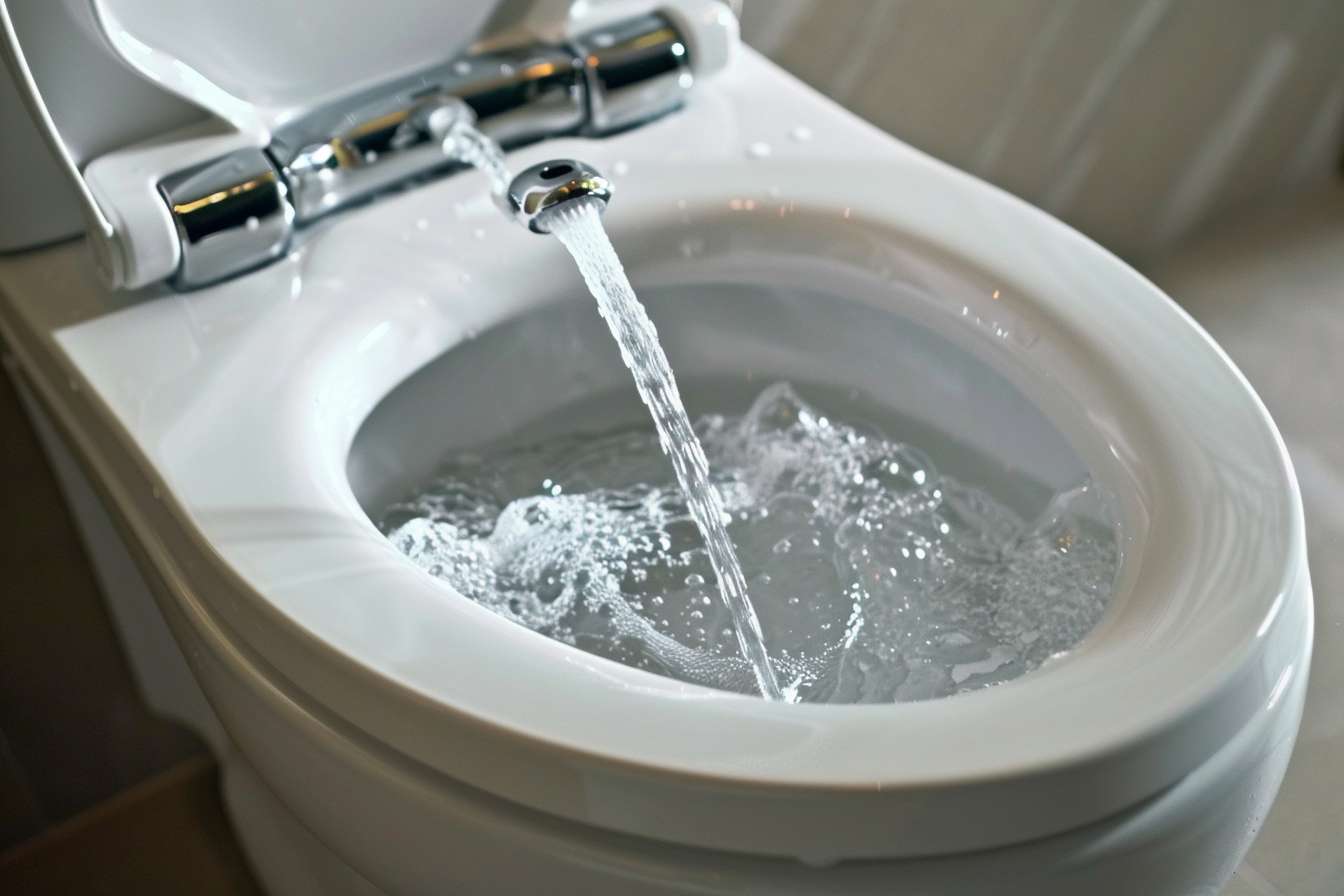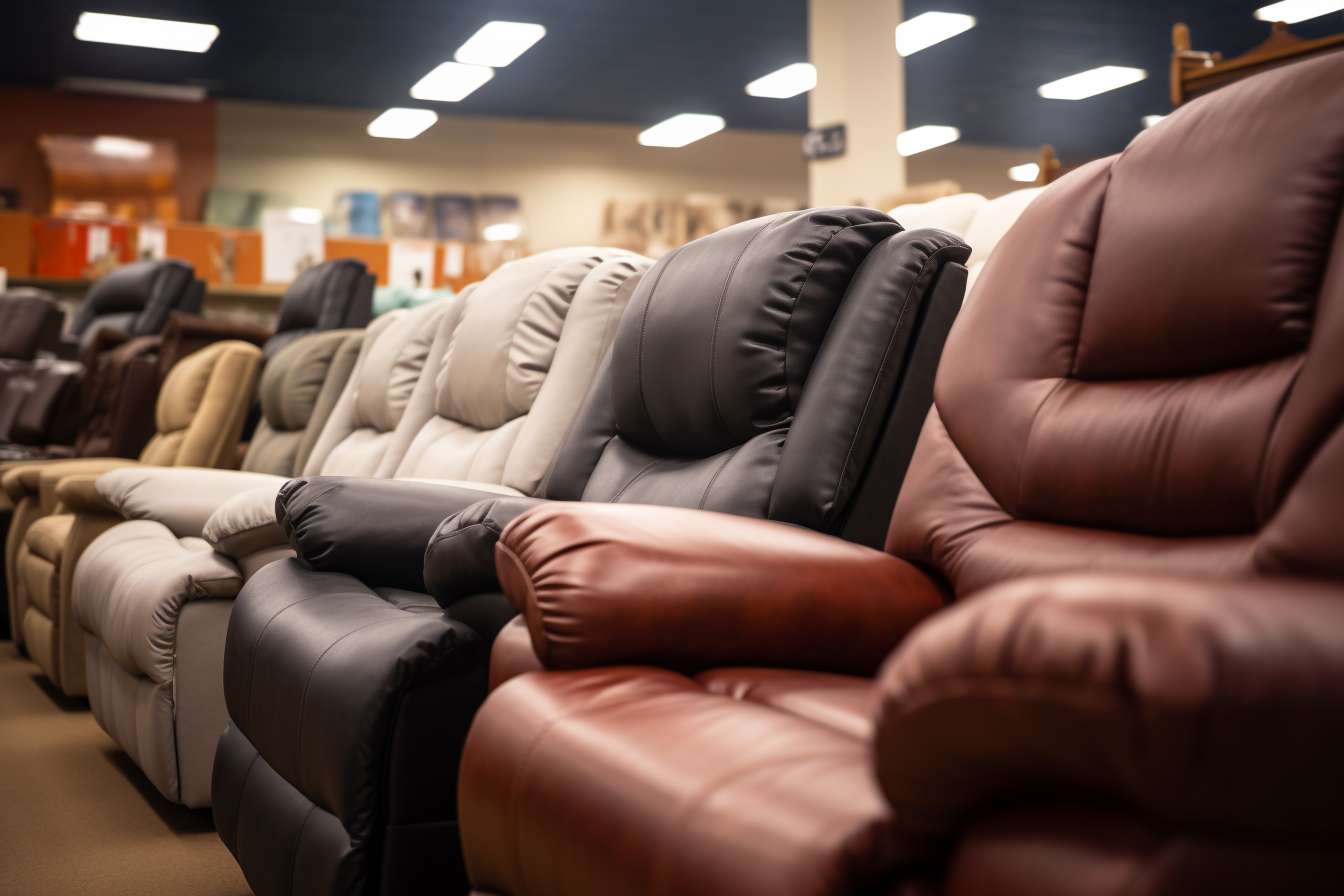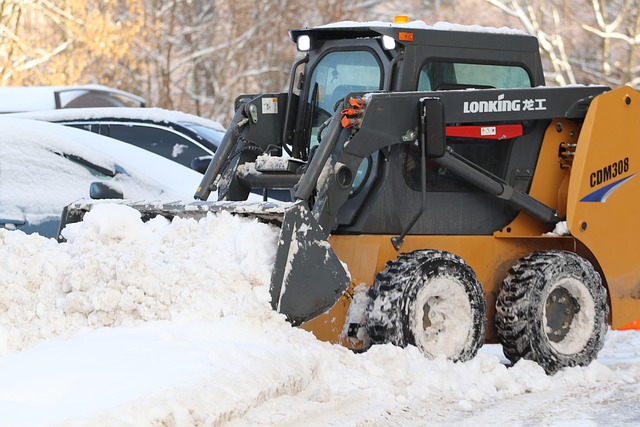Outdoor Emergency Essentials: A Complete Guide to Portable Toilets
When venturing into the great outdoors or facing emergency situations, sanitation often becomes a critical concern that many fail to adequately prepare for. Portable toilets offer a practical solution to this fundamental human need, providing convenience, hygiene, and dignity in environments where traditional restroom facilities are unavailable. Unlike conventional bathrooms, these mobile sanitation units are designed for temporary use and can be deployed in various settings with minimal infrastructure requirements. Understanding their operation, applications, and evolution can help individuals make informed decisions when selecting the appropriate portable toilet for their specific circumstances.

The Origin and Development of Portable Toilets
Portable toilets have a surprisingly rich history dating back to the 1940s when they first appeared in shipyards to improve worker productivity by eliminating the need for long trips to shore facilities. Early models were simple wooden structures with metal containers, a far cry from today’s sophisticated units. By the 1960s, fiberglass began replacing wood, creating more durable and lightweight options. The 1970s saw the introduction of polyethylene plastic, revolutionizing the industry with units that were lighter, more durable, and more cost-effective to produce.
Modern portable toilets have evolved significantly in their design and functionality. Today’s units feature improved ventilation systems, hand sanitizers, interior lighting options, and even flush capabilities in premium models. Manufacturers have also developed specialized units for different needs, including wheelchair-accessible toilets, high-capacity units for large events, and compact models for camping or emergency preparedness. This evolution reflects changing expectations around hygiene, accessibility, and environmental impact in temporary sanitation solutions.
How Portable Toilets Work
The fundamental operation of portable toilets relies on relatively simple but effective principles. Most standard units contain a holding tank pre-filled with a chemical solution that breaks down waste and controls odors. This solution typically contains biocides to kill bacteria, fragrance to mask odors, and coloring agents to obscure the contents. The chemicals work by breaking down solid waste and toilet paper while suppressing the bacterial action that produces offensive smells.
Portable toilets generally fall into several mechanical categories. Chemical toilets are the most common at events and construction sites, using the chemical solution described above. Composting toilets, popular for eco-conscious applications, separate liquid and solid waste and use natural decomposition processes. Cassette toilets, common in RVs and boats, feature removable waste tanks that can be emptied at designated disposal points. Incineration toilets, though less common, use electricity or gas to burn waste into sterile ash. Each system has specific maintenance requirements, capacity limitations, and appropriate use scenarios that determine their suitability for different applications.
Application Scenarios of Portable Toilets
Construction sites represent one of the most common applications for portable toilets, where they provide necessary facilities for workers in locations without permanent plumbing. Regulatory standards in many regions actually require a minimum ratio of toilets to workers to ensure proper sanitation and worker welfare. Similarly, outdoor events and festivals deploy large numbers of portable units to accommodate thousands of attendees, often with specialized placement strategies to manage crowd flow and accessibility.
In disaster relief situations, portable toilets become critical infrastructure components. Following hurricanes, earthquakes, or floods, these units provide immediate sanitation solutions when existing systems are damaged or inaccessible. The recreational sector also heavily utilizes portable toilets, from campgrounds and parks to beaches and hiking trails, where environmental protection concerns often influence the type of units deployed. For individuals facing emergencies or power outages at home, compact portable toilets offer peace of mind as part of comprehensive preparedness planning.
The Environmental Impact of Portable Toilets
Environmental considerations have become increasingly important in portable toilet design and operation. Modern waste treatment chemicals are now more biodegradable than earlier formulations, reducing potential ecological harm. Many service providers now use environmentally friendly cleaning products and water-saving servicing techniques. Some manufacturers have introduced solar-powered features for lighting and ventilation, reducing the carbon footprint of these facilities.
Proper waste disposal represents the most significant environmental challenge for portable toilet operations. Service providers must follow strict regulations when transporting and processing waste, typically delivering it to treatment facilities similar to those handling residential sewage. Newer composting and recycling toilet systems specifically address environmental concerns by transforming waste into useful byproducts, though these remain less common in large-scale applications. The industry continues to innovate in developing more sustainable solutions that balance sanitation needs with environmental responsibility.
The Challenges and Future of Portable Toilets
Despite technological advances, portable toilets face persistent challenges including public perception issues, maintenance complications in extreme weather conditions, and accessibility limitations for users with disabilities. The COVID-19 pandemic additionally highlighted concerns about sanitation and cleanliness in shared facilities, pushing the industry to adopt enhanced cleaning protocols and touchless features.
Looking ahead, several innovations promise to transform portable sanitation. Smart toilets with usage monitoring systems help optimize servicing schedules, reducing unnecessary truck rolls while preventing overflow situations. Water-saving technologies continue to improve, with some units now operating with minimal or no water. Advancements in biodegradable and environmentally friendly chemicals show promise for reducing ecological impact. As climate change increases the frequency of natural disasters and remote work expands outdoor recreation, the demand for effective, sustainable portable sanitation solutions will likely continue to grow, driving further innovation in this often overlooked but essential industry.
Selecting the Right Portable Toilet for Your Needs
Choosing an appropriate portable toilet requires consideration of several factors including capacity requirements, duration of use, location conditions, and accessibility needs. For emergency preparedness at home, compact cassette or bucket-style systems with specialized waste bags offer practical solutions that can be stored until needed. These typically range from simple bucket-and-lid combinations to more sophisticated folding units with seat covers and chemical treatments.
For outdoor activities like camping or boating, lightweight composting toilets or portable chemical units designed for recreational use provide the best balance of convenience and environmental consideration. Construction sites and events typically require industrial-strength units designed for heavy usage and efficient servicing. Special consideration should be given to weather conditions, as extreme heat can intensify odors while freezing temperatures may affect chemical effectiveness. Additionally, accessibility requirements should always be evaluated to ensure facilities can accommodate all potential users.




